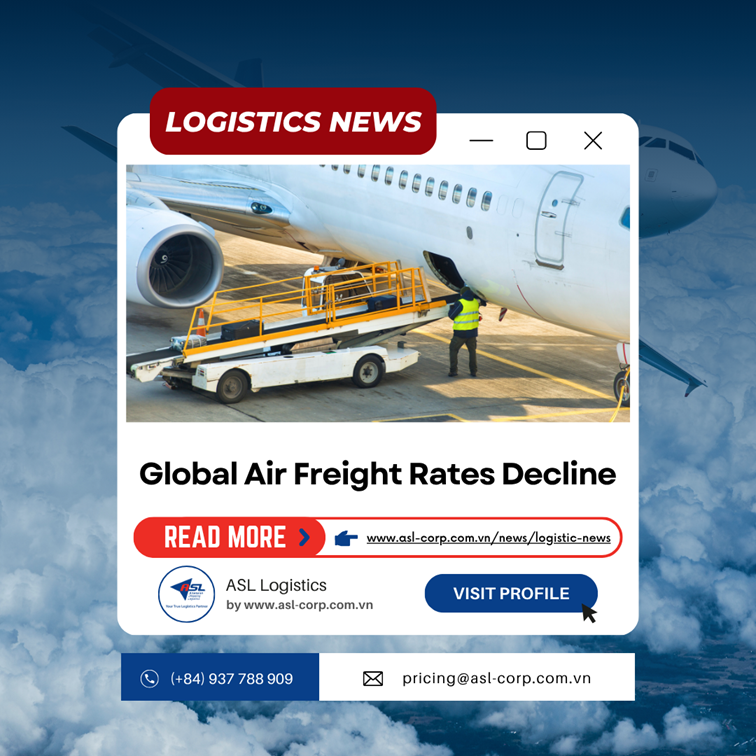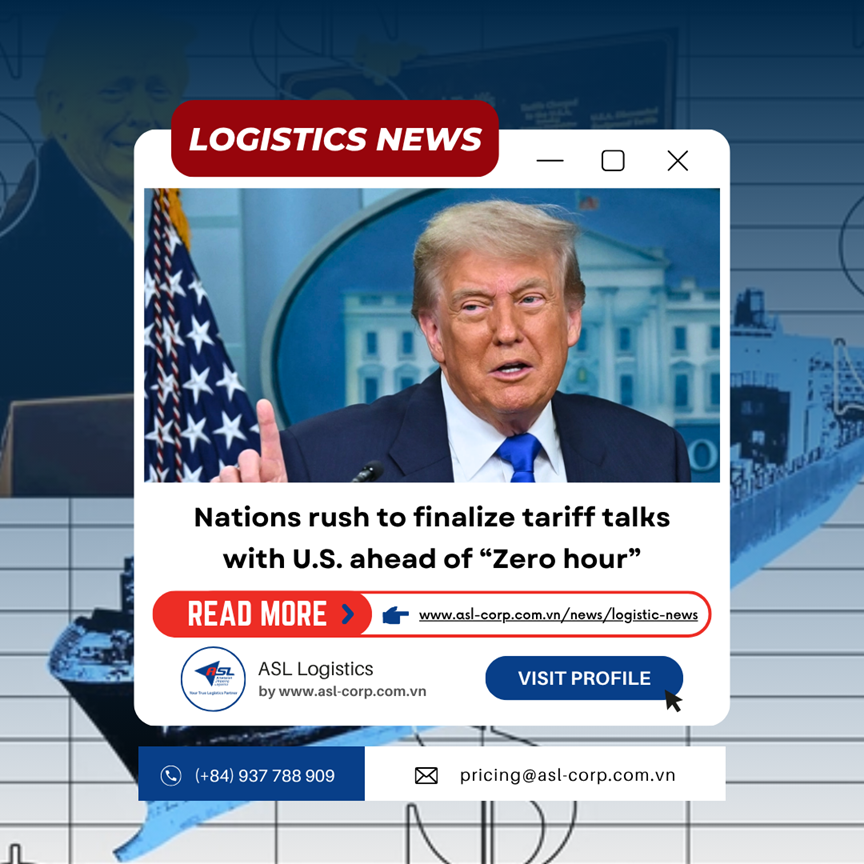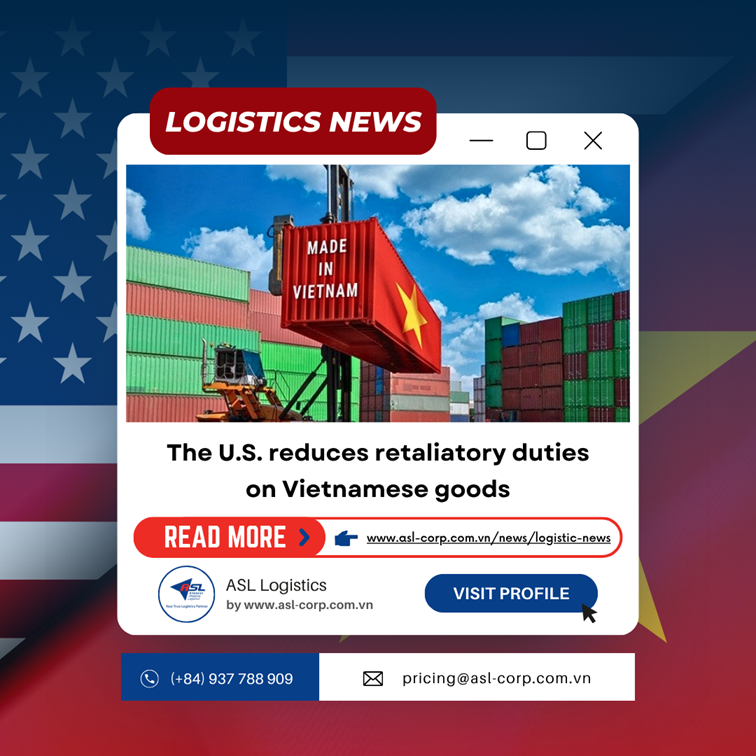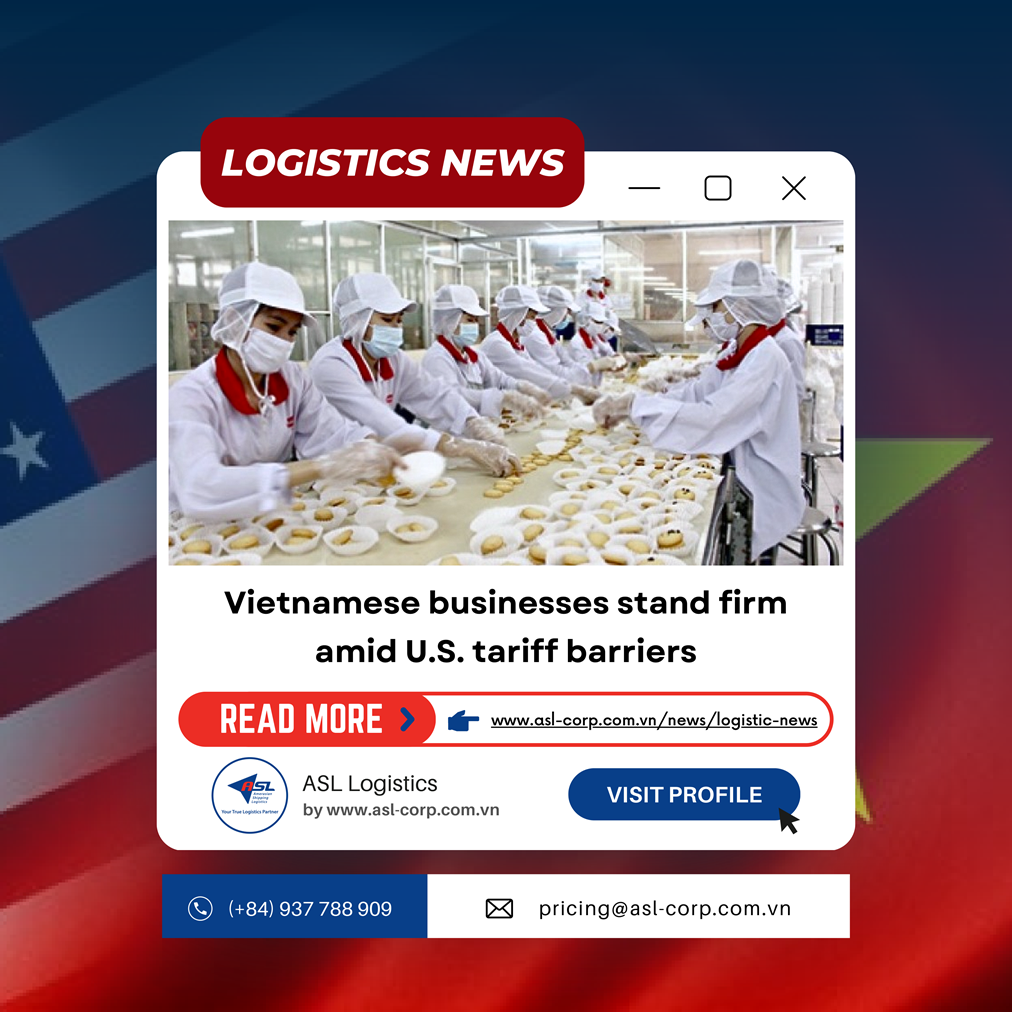Logistic News
GREEN TRANSFORMATION: AN URGENT REQUIREMENT TO EXPLOIT EVFTA
19 September 2023
Since the 3rd year of EVFTA implementation, the advantages and results have been partly affected by the EU applying many standards on green transformation and sustainable development.

EU demands increasingly high standards
After 3 years of implementing EVFTA, the expectation of Vietnam-EU trade growth has become a reality. With the complementary structure of goods, the advantages from EVFTA implementation have helped two-way trade in general and Vietnam's exports to the EU in particular grow impressively. Many key export products of Vietnam recorded very positive growth such as textiles and garments, footwear, seafood, agricultural products... preferential C/O utilization rates are continuously increasing.
However, from the 3rd year in the EVFTA implementation roadmap, these advantages and results have been partly affected by the EU is applying more high standards, increasing quality requirements, especially in the field of environment, sustainable development... for imported goods, collectively referred to as "green standards".
At the seminar "Green transformation - an urgent requirement of exporters to the EU" held on September 19, Mr. Ngo Chung Khanh - Deputy Director General of the Multilateral Trade Policy Department (Ministry of Industry and Trade) - said that in the EVFTA Agreement, there is a chapter on Sustainable Development. The issue of sustainable development in EVFTA refers to two areas, one is about the environment, the other is about labor.
Regarding the environment, the EVFTA mentions four main aspects: The first is climate change, the second is biodiversity, the third is sustainable forest management and forest product trade, and the fourth is development management, conservation of marine organisms and aquaculture.
"As for the implementation mechanism, EVFTA is an agreement unlike ordinary trade agreements, but this is an agreement with very important elements of sustainable development" – Mr. Ngo Chung Khanh shared. At the same time, emphasizing that EVFTA is an agreement on sustainable development, so businesses that want to export to the EU in a sustainable way need to pay great attention to sustainable development, environmental issues and workers.
The EVFTA is also the first agreement with a fairly clear enforcement mechanism. The two sides agreed to establish a committee on sustainable development with representatives of the Government and management agencies of the two sides meeting annually or periodically to review the implementation progress of both sides, outlining experiences as well as issues to be handled.
In addition, the EU will have regulations on environmental or labor issues. Such as the Carbon Margin Adjustment Mechanism (CBAM), or issues related to combating deforestation and the upcoming supply chain legislation. Accordingly, normal rules do not hit exporters but mainly on importers, i.e. they themselves hit EU actors and EU actors will be responsible for managing their supply chains to ensure the requirements set by the EU.
Second, more importantly, the EU consumers themselves. Because nowadays the trend of EU consumers is increasingly interested in how we make products that affect the environment or not, whether it is sustainable or not, how to treat workers ... Those are the points that businesses need to pay attention to.
Ms. Nguyen Hong Loan, Project Specialist of CBAM's Technical Support for Impact Assessment, shared that the EU is a market with very high environment-related standards and EU regulations for domestic environment-related products have been regulated very early, since 1987. More recently, however, these regulations have become stricter, more accelerated, starting with the EU's approval of the Green Deal with a target of reducing greenhouse gas emissions by 55% by 2030 compared to 1990 and towards a very ambitious goal of achieving net-zero emissions by 2050.
Along with this regulation, they put forward various and comprehensive proposals in all sectors to ensure that the goal of covering all sectors from agriculture, forestry, fisheries, transportation, aviation is achieved. These regulations, when applied to European goods, will also affect the entire supply chain with products exported to Europe such as Vietnam's.
In particular, the most recent regulation approved in May 2003 and officially came into force on October 1 this year, the EU's Carbon Border Adjustment Mechanism (CBAM), introduced EU carbon pricing to apply to export products. However, they also offer a roadmap that we have a transition period between now and 2026 and the rate at which we have to pay for CBAM certification will also gradually increase from 2026 to 2034, which means we have a roadmap to prepare.
How do Vietnamese businesses adapt?
Sharing about green transformation, Ms. Nguyen Thi Thu Trang - Director of the Center for WTO and Integration - Vietnam Federation of Trade and Industry (VCCI) said that it is certain that the EU's green or sustainable standards will cover all products that are considered our strengths when exporting to the EU market,
For example, agricultural and aquatic products, furniture, textiles, footwear ... Therefore, it is certain that the number and scope of enterprises and export goods of Vietnam affected is large.
This is also a challenge for domestic businesses because these standards do not have to be set, then complied with, but this is a series of changes and it is gradually green and sustainable, that is, if businesses want to comply, they must regularly monitor to ensure it. Finally, adapting to these standards requires enormous effort, awareness and expense for our businesses, especially the majority of domestic enterprises that are small and medium-sized enterprises.
On the business side, Mr. Vuong Duc Anh - Chief of Office of the Board of Directors of Vietnam Textile and Garment Group (Vinatex) - said that Vinatex determined that sustainable development will be a story of long-term strategy that cannot be transformed overnight.
Therefore, businesses must closely follow the requirements of customers, which is also the requirement of the market. In particular, when the demand for textile and garment consumption in 2023 and the whole year 2024 is forecasted to be low, when major consuming countries are still tightening spending, businesses must look back and take advantage of the immediate advantages when customers still prioritize popular products first. Of course, they are still sticking to the ultimate goal of using 50% recycled materials by 2030, but at this point, they are slowing down.
On Vinatex's side, the group is focusing on training personnel for sustainable development strategies, changing perceptions, equipping human resources with knowledge and information.
In addition, organizing trial production for sustainable development products will indeed be very expensive, but it also needs to be balanced because sustainable development is definitely a goal in the medium and long-term strategy. The solutions are also flexible and responsive to market requirements.
Source: congthuong.vn

Head Office
ASL Hồ Chí Minh
Số 31/34A Ung Văn Khiêm, Phường Thạnh Mỹ Tây, TP. Hồ Chí Minh, Việt Nam
 Công Ty Cổ Phần Giao Nhận Vận Tải Mỹ Á
Công Ty Cổ Phần Giao Nhận Vận Tải Mỹ Á
 (+84)28 3512 9759
(+84)28 3512 9759
 (+84)28 3512 9758
(+84)28 3512 9758
 pricing@asl-corp.com.vn
pricing@asl-corp.com.vn
 mdirector@asl-corp.com.vn
mdirector@asl-corp.com.vn
 www.asl-corp.com.vn
www.asl-corp.com.vn
LOGISTICS SERVICES









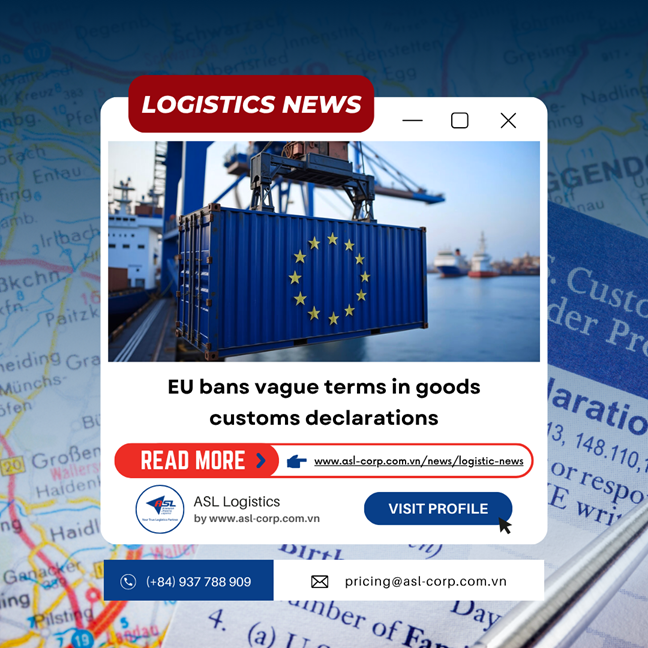
.png)
.png)

.png)

